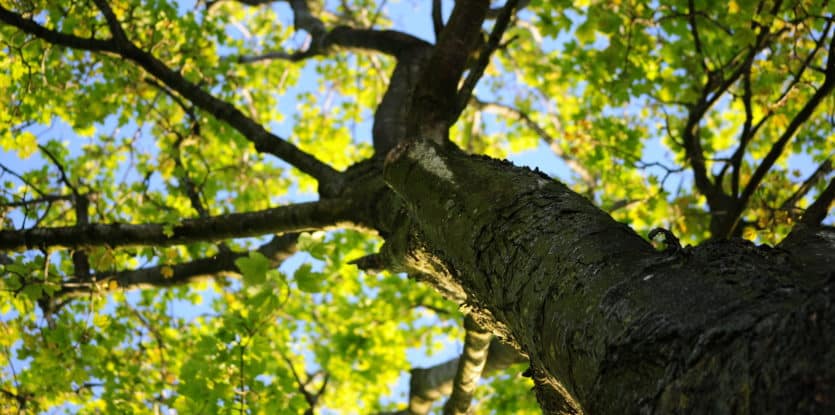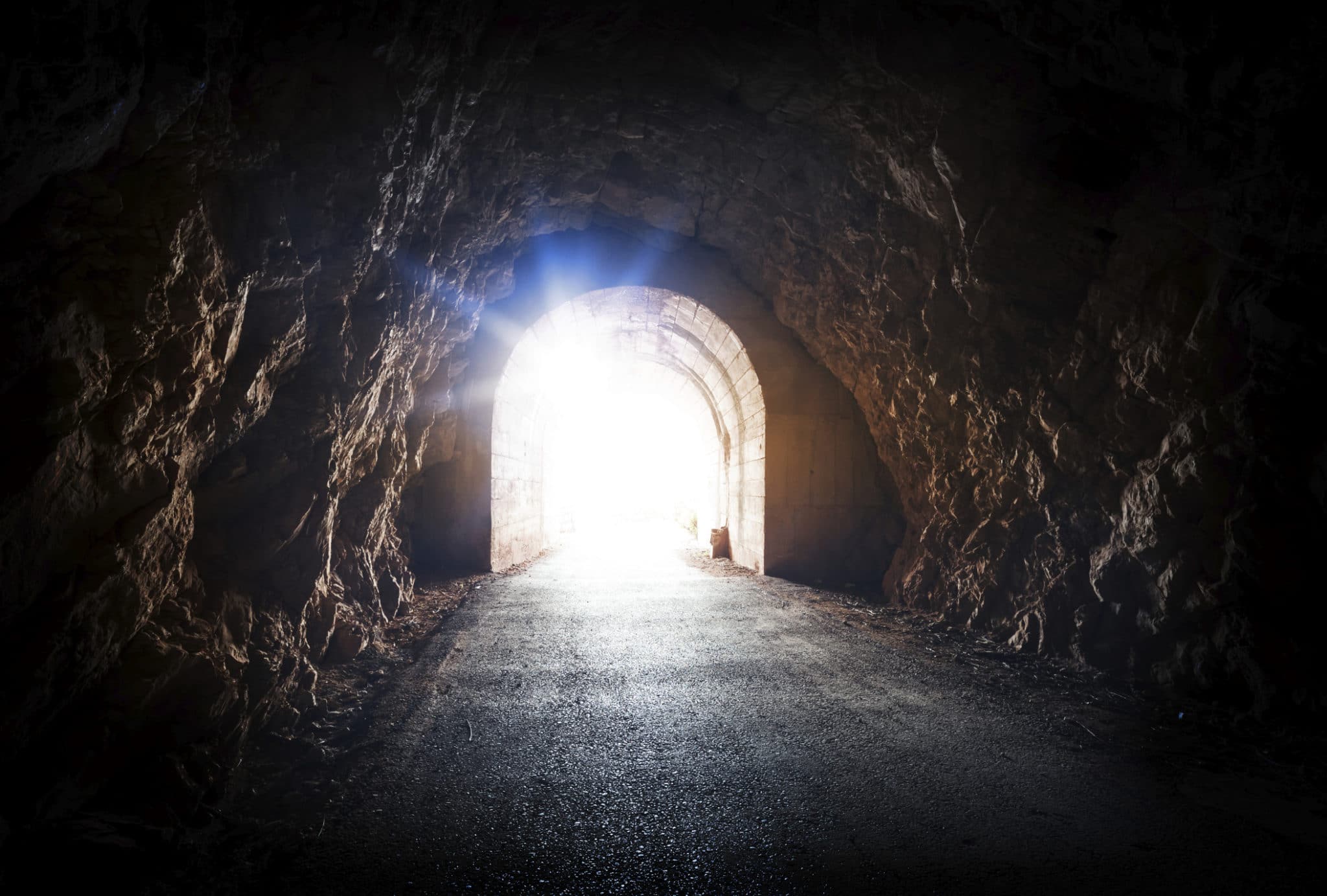How did the children of Israel obtain [cedar wood for the construction of the Sanctuary] in the desert? Rabbi Tanchuma explained: Our father Jacob foresaw with his holy spirit that Israel was destined to build a Sanctuary in the desert; so he brought cedars to Egypt and planted them [there], and instructed his children to take them along when they left Egypt.
Rashi, Exodus 25:6
At the time, Jacob’s children might have wondered: why carry trees from the Holy Land to plant in Egypt for use in a building to be constructed centuries later? Surely, there is no dearth of wood in wealthy Egypt, and, in any case, it could always be obtained, for a price, wherever their descendants might find themselves. [4]
But his grandchildren and great-grandchildren understood. Throughout their long and bitter exile, they had watched these cedars grow. They harbored the knowledge that long before their enslavement by the Egyptians, these trees had grown in the soil of Holy Land–the land promised to them as their eternal heritage. They carried with them, and transmitted to their children, Jacob’s instructions to take these trees along when they would leave Egypt, to be fashioned into a Sanctuary for G-d.
Throughout their long and bitter exile, these cedars had whispered: This is not your home. You hail from a loftier, holier place. Soon you will leave this depraved land behind, to be reclaimed by G-d as His people. Soon you will uproot us from this foreign land and carry us triumphantly to Sinai, where you will construct of us an abode for the divine presence, which shall once again manifest itself in your midst.
Staves of Faith
“The tzaddik shall bloom as a palm,” sings the Psalmist, “as a Cedar of Lebanon, he shall flourish.”[5] In our current galut, we, too, have trans-historic cedar transplanted by our father Jacob,[6] cedars that provide us with a link to the past and hope for the future.
The tzaddik is a soul that towers above the transience and turbulence of galut; a soul that is rooted in Israel’s sacred beginnings and pointed toward the ultimate Redemption. When our subjection to the temporal and the mundane threatens to overwhelm us, we need only look to the cedars implanted in our midst. In these timeless staves of faith we find guidance and fortitude, comfort and encouragement.
Based on an address by the Rebbe, Shabbat Terumah, 5747 (March 7, 1987)[7]
Adapted from the teachings of the Lubavitcher Rebbe by Yanki Tauber.
[4] See Divrei Divid (Taz), Ibn Ezra, Baalei Tosfot and Chizkuni on verse (Exodus 25:6).
[5]. Psalms 92:13.
[6]. The Hebrew word nassi (“leader”) is an acronym of the phrase nitzotzo shel Yaakov Avinu, “a spark of Jacob our father.” The soul of every leader of Israel is an offshoot of the soul of Jacob, father of the people of Israel (Megaleh Amukot, section 84).
[7]. Likkutei Sichot, vol. XXXI, pp. 142-148.








